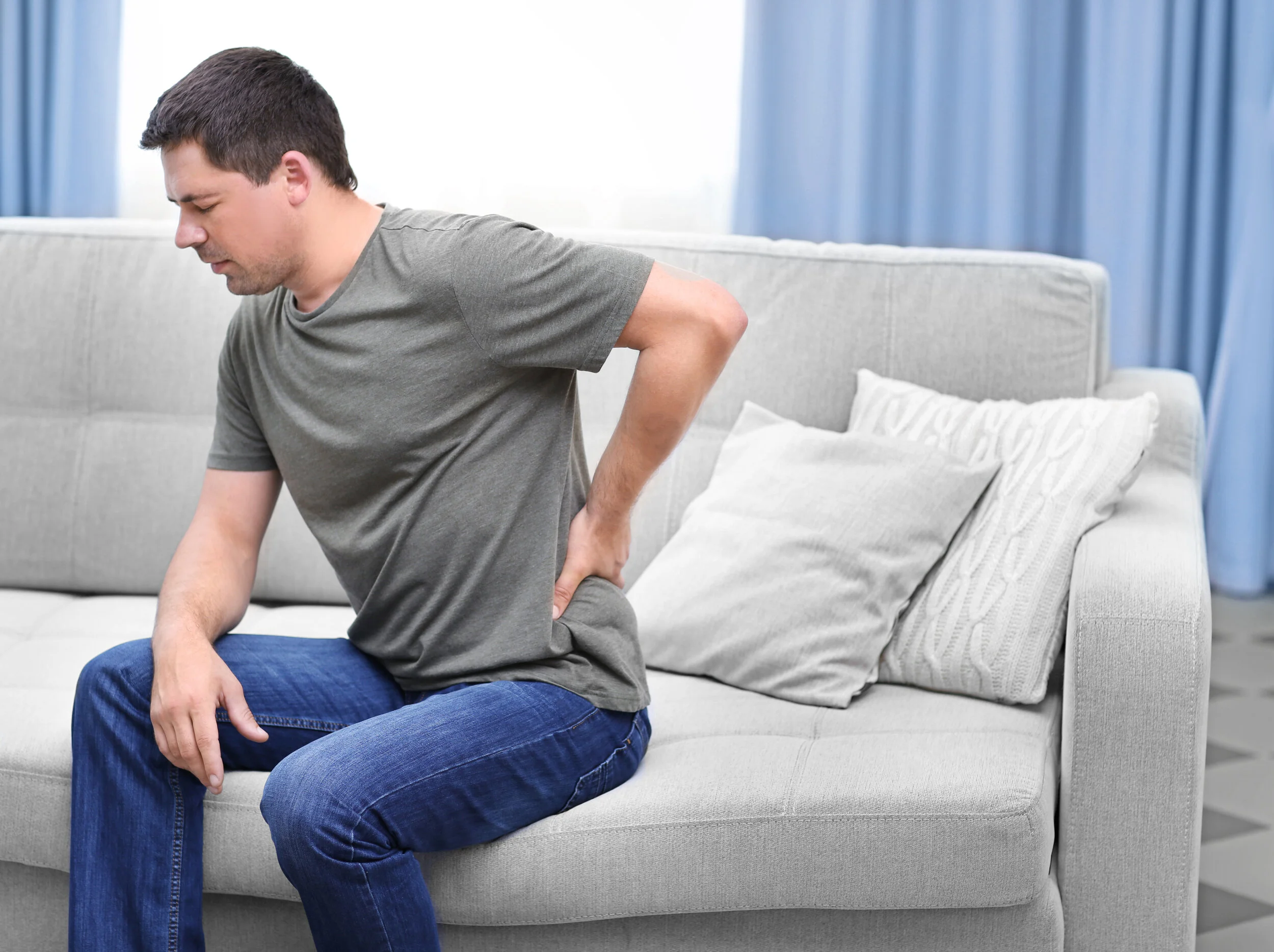Thousands of people every year hurt their backs at work. Whether it’s through lifting something, a slip or fall, motor vehicle accident or being involved in a traumatic event. More often than not the back can return to it’s pre-injury state, but in some cases pain can persist for months and even years. A large amount of research into chronic pain reveals there are a lot of factors that contribute to pain. Believe it or not, but being injured at work actually makes it more likely that pain can be more complicated. So too can factors like impaired movement patterns, difficulty with mental health and coping, even the language you use towards your pain. Whilst structural damage has been shown to be a factor in experiencing pain, emotional stressors and worry can contribute substantially. This is why it is important to treat persistent back pain in a way that considers the physical, psychological and social aspects of a persons life.
It is hard for most to consider that something could be painful without any structural damage or minimal structural damage that has been found to not cause pain including bulging discs and sic degeneration. There are numerous other conditions that can cause pain but have no physical damage such as migraines and fibromyalgia but when it comes to back pain, people find this concept hard to grasp. Sometimes structural damage heals but the pain does not go away or it goes away but comes back years later. How is that possible? Well, once a pain signal is created, your brain never forgets it! This means that your brain can switch on that pain signal whenever it wants, but the brain is pretty smart and only signals pain when danger is perceived to be present. The key word here is perceive because sometimes the brain can think we are in danger when we’re really not which can contribute to chronic pain.
So you may be wondering how pain moves from acute to chronic. As pain becomes more chronic, we become more sensitive to it - like a smoke detector working normally and then turning into a smoke detector that gets set off whenever a candle is lit. Pain is a response to danger, whether that be from a something or someone, weather, sitting, moving or a deadline at work. Triggers are things that make us expect pain. When these triggers happen, if pain occurs, that leads us to expect pain to occur and hence it does even if there is no structural damage anymore. This can lead us to become fearful of that trigger which activates more pain pathways in the brain and causes more pain to be produced. If this trigger becomes a stressor, more pain is created in order to stop us completing that activity. This is why some activities that you used to enjoy, can now cause pain.
As mentioned earlier, pain can also be influenced by emotions and mindset which is not at all to say pain is all in the mind, it is very real, but it can be influenced by emotions. A part of the brain called the anterior cingulate cortex (ACC) has the ability to influence changes in pain and is associated with, you guessed it - emotions. Negative thoughts can tell the ACC to dial up the pain signals and positive thoughts can tell it to dial those pain signals down. Other aspects such as what pain means to you and how it impacts on your life also contribute to how pain is created. This is not to say you just think positive thoughts and pain will magically disappear. Chronic pain takes time to become chronic, so it takes time and numerous reinforcement of positive thoughts to remind your mind that you are safe and capable. And you have to be able to believe that there is a reason to be positive.
As well as reinforcement of positive thoughts, it is also important to set trigger goals. A lot of people with chronic back pain cannot return to work and avoid tasks like lifting things off the ground, housework and even leisure activities, which can become quite depressing. These become triggers for a lot of people and it is important to ease back into completing these tasks slowly, to reinforce that your body is safe when doing them. The key thing is to start off with only completing the task for a short time or until slight discomfort is brought on then stop (e.g. vacuuming for 2-5 minutes). Complete this activity on most days and each week progress by 5-10%. By gradually easing into activities, you are less likely to overdo it and feel like you need a week to recover. A lot of the time when we have lower back pain, we change the way we do things to try to avoid the pain but this can lead to impaired movement patterns and cause some muscles and joints to be overloaded. It is important to continue movement with chronic back pain to help correct these impaired patterns and strengthen muscles to help you return to work and the activities you love.
At Kinetic Medicine, we approach all conditions, especially chronic back pain with what’s technically called a ‘biopsychosocial’ approach. Our positive pain program has been developed specifically for our workers compensation clients to assist them in returning to the activities they love such as motorbike riding, football, even dancing. If you have had an injury at work and are sick and tired of being sick and tired, we’re here to help.
Emma Tunbridge

